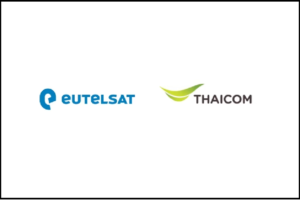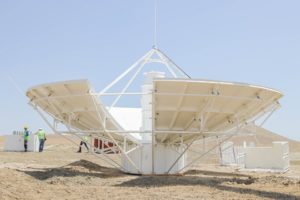Infrastructure suppliers are going to have to adapt their business models to help shape the global telecom market, including helping to finance and drive deals with operators, according to a new report from Arthur D. Little. The research company said that despite six years of consolidation, the infrastructure market has yet to repair itself. Network vendors will have to continue to innovate as telecom operators deploy new business models and mature markets move from growth to efficiency.
The report is especially timely as the Wall Street Journal is reporting that Alcatel-Lucent has hired advisors to explore whether it should sell its enterprise telecom gear and phones business and as speculation continues that Nokia Siemens Networks might let private-equity firms take a stake in the company.
The company said it surveyed CTOs around the world for the report, “Telecoms Infrastructure Supplier Outlook.” The CTOs did not see any significant change in leading vendors’ positioning since conducting the survey in 2008. “Western telecom suppliers’ are still perceived as technology leaders in most categories, but Asian attackers are increasingly seen as innovators. Alcatel Lucent and Ericsson were mentioned ‘leader’ nine times (same as 2008) out of 16 categories, followed by Huawei (Technologies Co. Ltd.) with eight … Nokia Siemens Networks with six … and Cisco (Systems Inc.), IBM (Corp.) and Motorola one time each (same as 2008). … Despite only one mention as ‘leader’ in CDMA, ZTE is also slowly closing the gap on the tier 1 suppliers, being increasingly perceived as full-service supplier. Cisco is seen to be building up its portfolio through acquisitions. Ericsson, meanwhile, is still perceived to lack a comprehensive fixed network portfolio,” according to the report.
CTOs named Ericsson, Huawei and NSN as leaders is HSPA and LTE, which it called one of the most promising infrastructure segments.
“The turmoil in the telecom supplier market is best illustrated by the rapid ascent of Huawei to become number two in terms of revenue through both organic growth and the demise of Motorola,” the report said. While Huawei originally was recognized for low-cost products, the company’s innovation around its SingleRAN solution gives it opportunity to expand.
Overall capital expenditures are expected to remain stable through 2014, Arthur D. Little said. “Wireless access infrastructure, already accounting for 43{e1f18614b95d3cd6e4b3128e1cd15d99b042a60a5a19c19b7a8e07e7495efa10} of total telecom infrastructure capex, will increase its overall share as spending continues to shift away from fixed infrastructure. As a consequence, the rollout of LTE networks in Europe and North America, and 3G deployments in India and South America will be key drivers of overall equipment revenues. In addition to the above mentioned coverage rollouts, wireless capex is expected to shift towards capacity over the next few years.”
Emerging markets expected to account for 56{e1f18614b95d3cd6e4b3128e1cd15d99b042a60a5a19c19b7a8e07e7495efa10} of revenues by 2015. HSPA+ technology is the best choice for most operators, the report said.
Backhaul could become a sweet spot for telecom equipment suppliers as Carrier Ethernet, fiber and microwave are still in early deployment stages.
May 9, 2025











